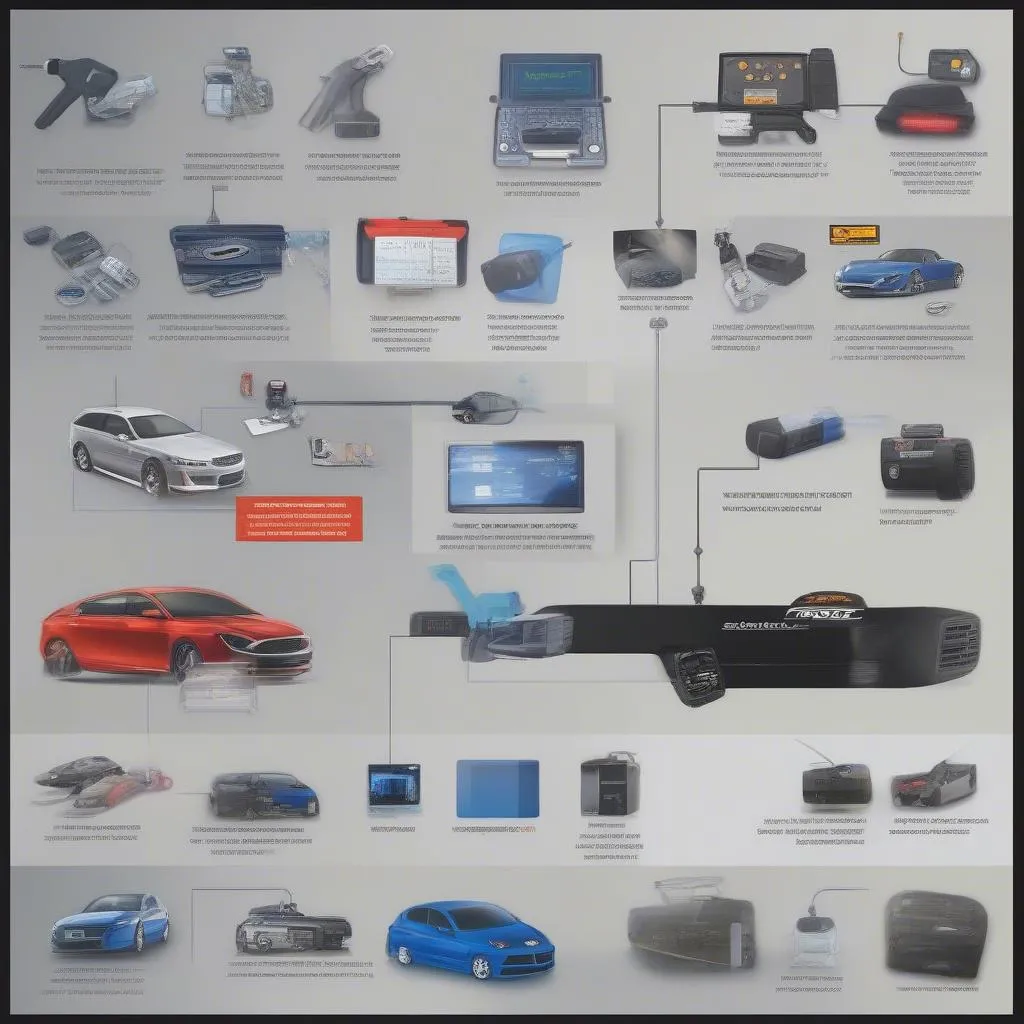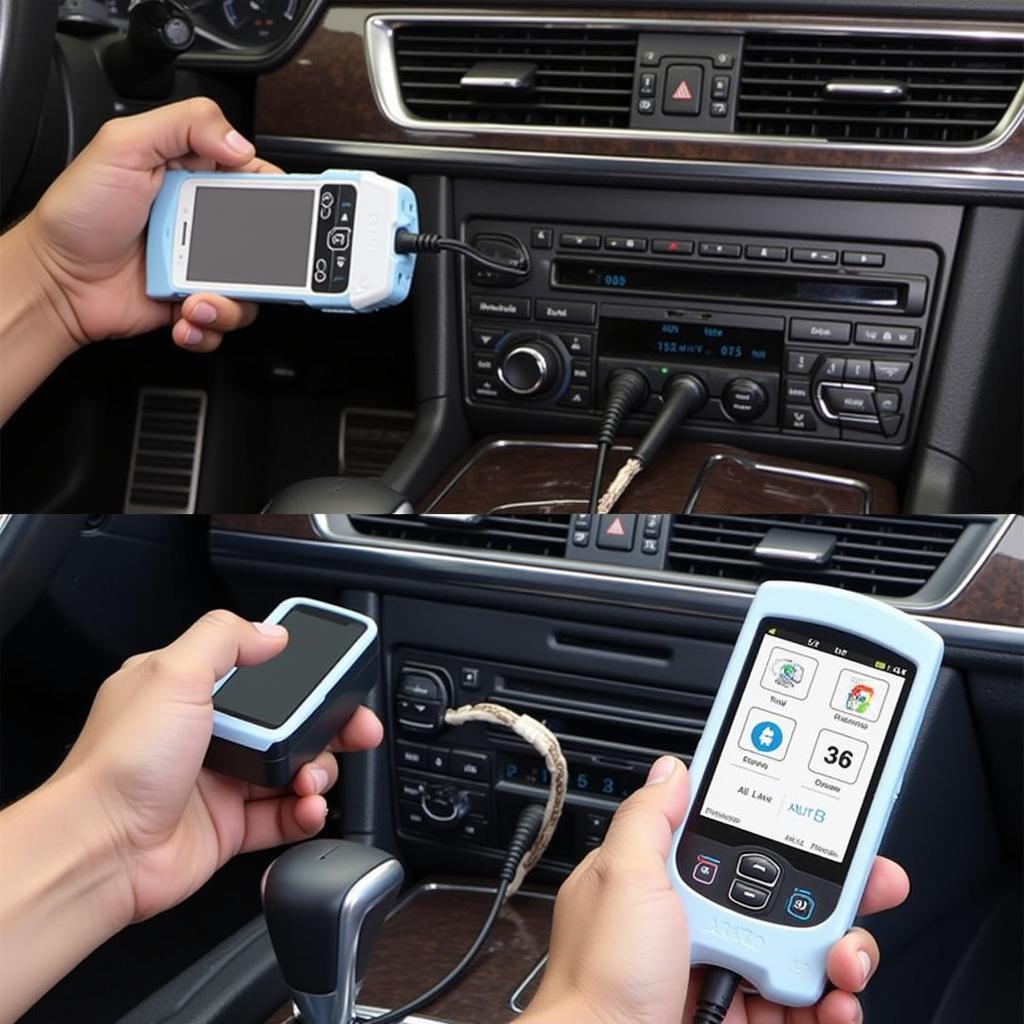You’re driving home from the store, bags full of purchases, when you hear it—the dreaded beep. Your car alarm is blaring because an anti-theft strip attached to a new item wasn’t deactivated. We’ve all been there! But what exactly deactivates those strips, and why does it sometimes go wrong?
Understanding Anti-theft Strips and Deactivation
Anti-theft strips, often found in retail stores attached to merchandise, are designed to deter shoplifting. These strips, also known as Electronic Article Surveillance (EAS) tags, contain a circuit and a pair of resonating capacitors. When exposed to the electromagnetic field generated by security gates at store exits, these capacitors resonate, triggering the alarm.
Deactivation typically happens at the checkout counter. Cashiers use a deactivation system that generates a strong magnetic field, which effectively disrupts the circuit in the strip, rendering it unresponsive to the security gates.
Common Causes of Deactivation Failures
While the technology is generally reliable, there are instances where deactivation might fail. These include:
- Incorrect tag placement: If the strip isn’t properly positioned within the deactivation system’s magnetic field, it might not deactivate fully.
- Deactivator malfunction: Like any electronic device, deactivation systems can experience technical issues, leading to incomplete deactivation.
- Tag damage: A damaged anti-theft strip might not respond properly to the deactivator.
What to Do When Deactivation Fails
If you experience the unfortunate event of an anti-theft strip activating after leaving a store, don’t panic.
-
Return to the store: The most straightforward solution is to return to the store where you made the purchase. Explain the situation, and the staff should be able to deactivate the strip properly.
-
Request assistance: If returning to the store isn’t immediately feasible, consider contacting the store and explaining your situation. They might offer alternative solutions or guidance.
Troubleshooting and Diagnostic Tools
For professionals dealing with anti-theft systems, having the right tools and knowledge is crucial. Advanced diagnostic tools, such as those offered by Cardiagtech, can be invaluable for:
- Identifying deactivation system issues: These tools can pinpoint malfunctions within the deactivation system itself.
- Analyzing tag functionality: Specialized equipment can assess the integrity of anti-theft strips and identify potential damage.
 Car Diagnostic Tools for Anti-theft Systems
Car Diagnostic Tools for Anti-theft Systems
FAQs about Anti-theft Systems
Q: Can I remove the anti-theft strip myself?
A: It’s generally not recommended to tamper with or attempt to remove anti-theft strips yourself. Doing so could damage the merchandise and might even be illegal in some areas.
Q: Do all stores use the same type of anti-theft strips?
A: While the underlying principle is similar, different retailers might use varying frequencies and technologies in their EAS systems.
Q: Can anti-theft strips damage my purchases?
A: Anti-theft strips are designed to be unobtrusive and not damage merchandise. However, improper removal attempts could potentially cause damage.
Need Expert Assistance?
Dealing with malfunctioning anti-theft systems can be frustrating. For professional diagnostics and solutions, consider reaching out to CARDIAGTECH. We specialize in providing cutting-edge diagnostic and programming solutions for a wide range of automotive systems. Our team is equipped to handle even the most challenging electronic issues in vehicles. Visit our website at Cardiagtech.com to learn more about our services and products.
 Cardiagtech Website Screenshot
Cardiagtech Website Screenshot

